I have been trading for 15 years, able to profit steadily, with two generations of Taoists in my family. I have seen and experienced many things that ordinary people cannot see since I was young, and I usually enjoy studying metaphysics. I have also sought answers in cryptocurrency research. I should be qualified to write this article. Let me provide some useful insights.
1. From my more than a decade of trading experience, when I talk to you about various basic K-line theories, such as Doji, Engulfing, Dark Cloud Cover, etc., those who understand these terms basically only know a bit about K-line MACD+, Golden Cross, Dead Cross, and other common but useless theories. It is very difficult to understand K-lines from these theories. These basic K-line patterns and indicators provide too little information and are essentially of little use.
2. When the K-lines are enlarged, as shown in the image below, analyzing a few K-lines can be articulate or completely clueless. The market is a continuous whole. Especially a large trend as a whole, which has causal relationships before and after it. Just looking at a small structure, a few or a dozen K-lines, I can only say it's pointless.
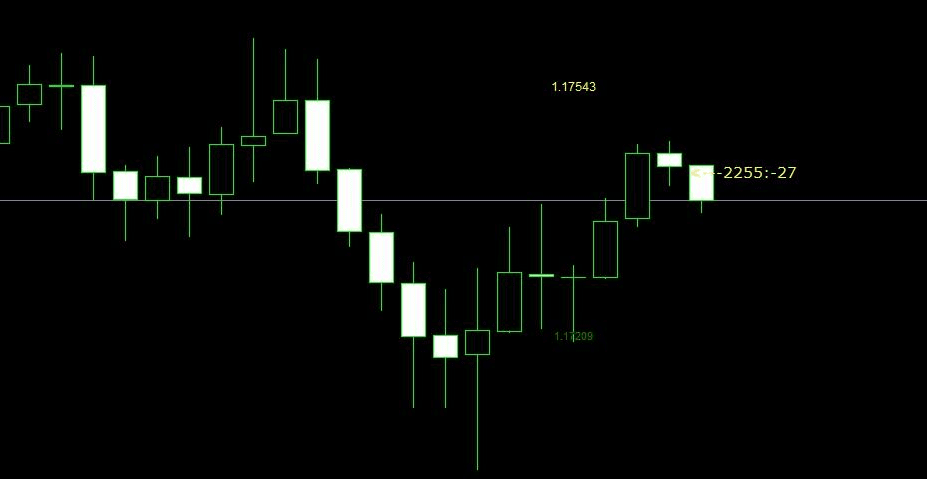
What can true experts see in K-lines? This question can actually be viewed from many angles, such as what I wrote earlier.
An article, which is also a perspective. Normal people may need indicators to see divergence, while those who understand the market deeply can directly read from the K-lines.
To see divergence. This is also a perspective. In other words, when the K-line shows a certain state, experienced traders can directly sketch out a rough idea.
What the MACD looks like, what the moving averages look like, what the Bollinger Bands look like, you don't even need to pull out these indicators to directly.
You can see it. I believe veterans with over ten years of experience can do this. This is essentially the result of cumulative effort over the years, also known as market intuition.
embodiment.
You need to know what phase the market is currently in. Experts looking at the market should know what it is currently doing. For example, is it oscillating, trending, at the end of a trend, or at the beginning of a trend? This is something to be aware of when conducting financial analysis.
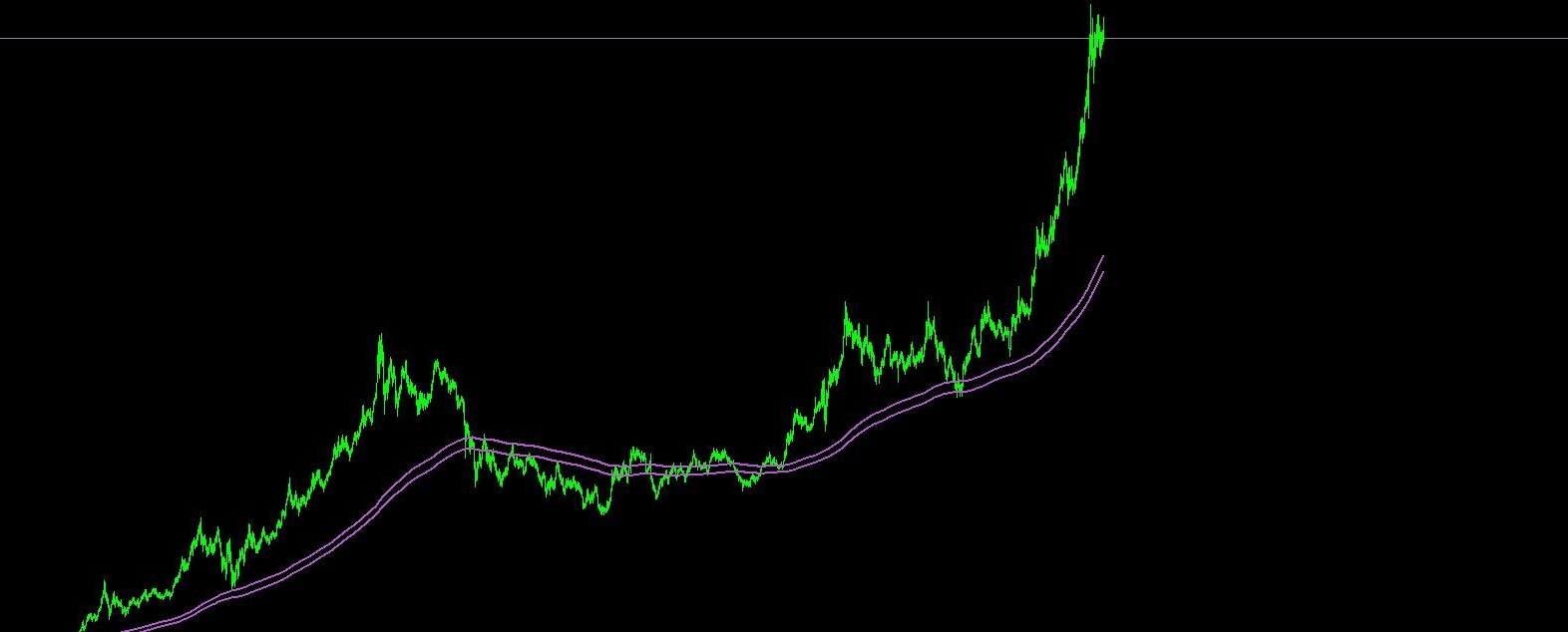
For example, the above image shows the gold market's movement; when analyzing, we need to look at the overall picture, determining the current state of gold by opening the weekly chart, concluding that gold is currently in a high position oscillation after a large rise. Whether it will rise or fall after the oscillation in the future is still unknown. This is.
A qualitative assessment of the current state of the market through an overall structure. We know the market is in an oscillation phase, so we need to apply technical knowledge of oscillation. Then analyze step by step. Peel back the layers, and finally formulate a trading plan.
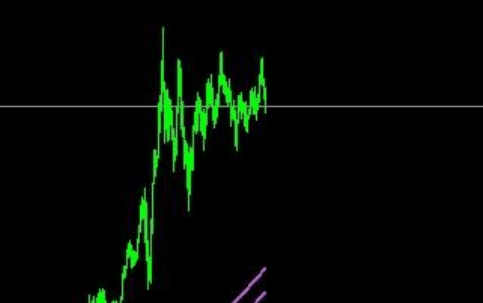
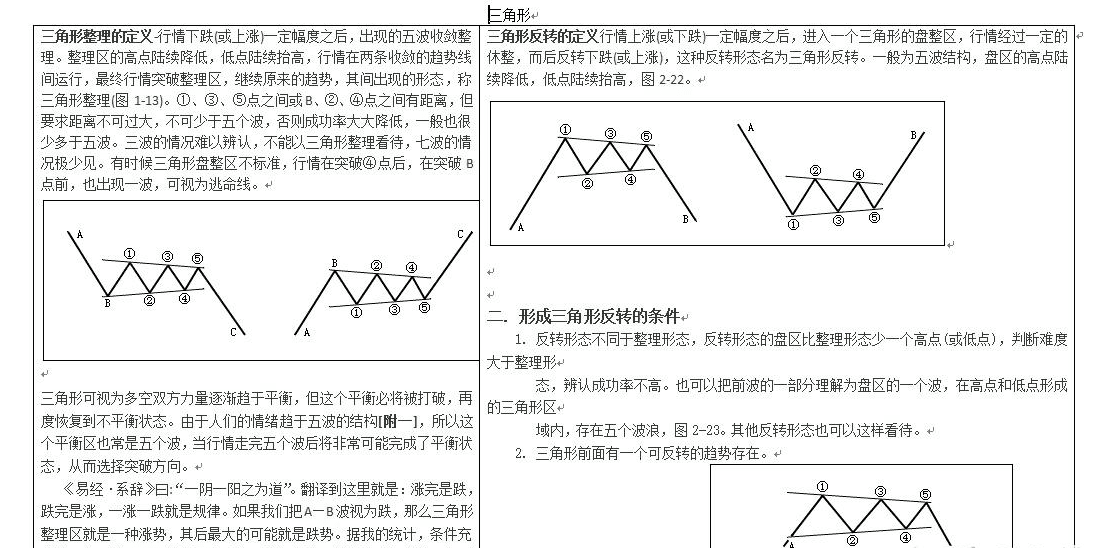
Dividing the market into structures, as shown in the image below, is the 4-hour chart of gold. In the overall phase of the gold market's movement, I will categorize the movements of the same rhythm.
A structure. In my eyes, each box in the image below represents a separate structure. Of course, there are also links between structures.
system.
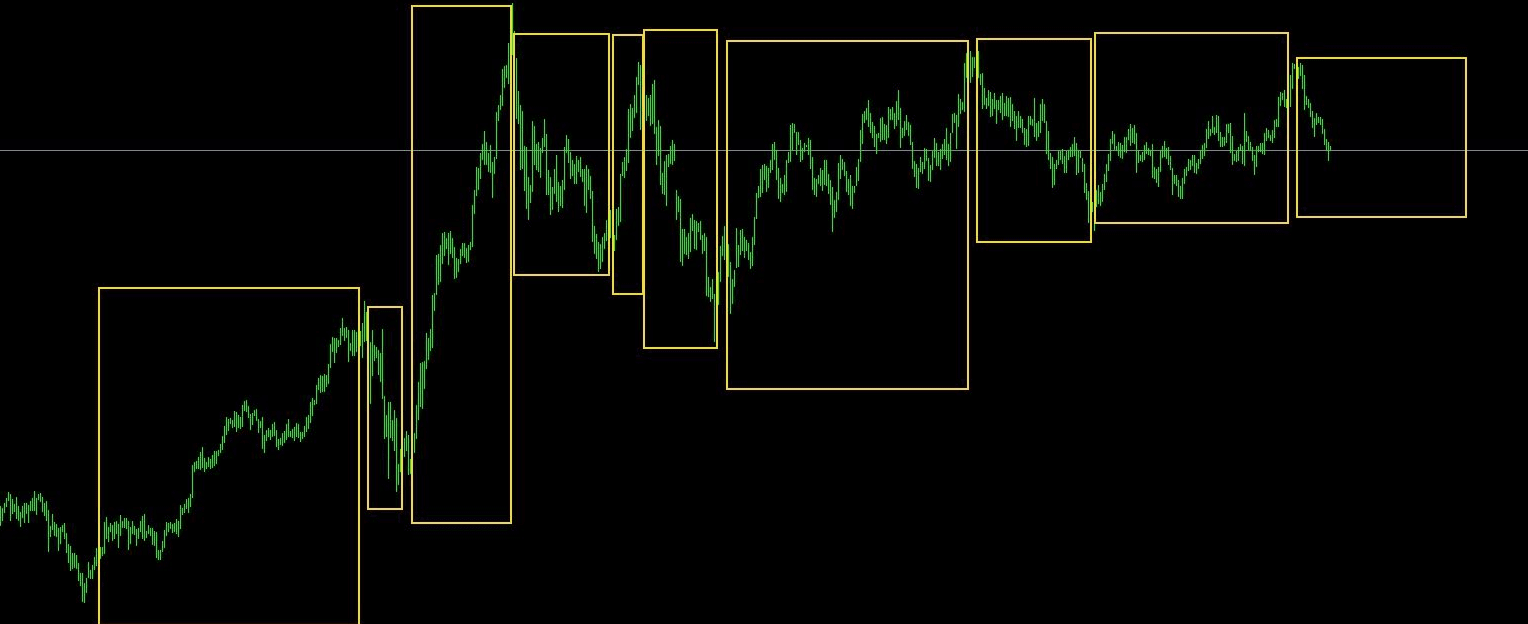
As for how to judge whether a certain phase is a structure? I won't go into details; I'll draw a few pictures for you to understand. Many details require data statistics.
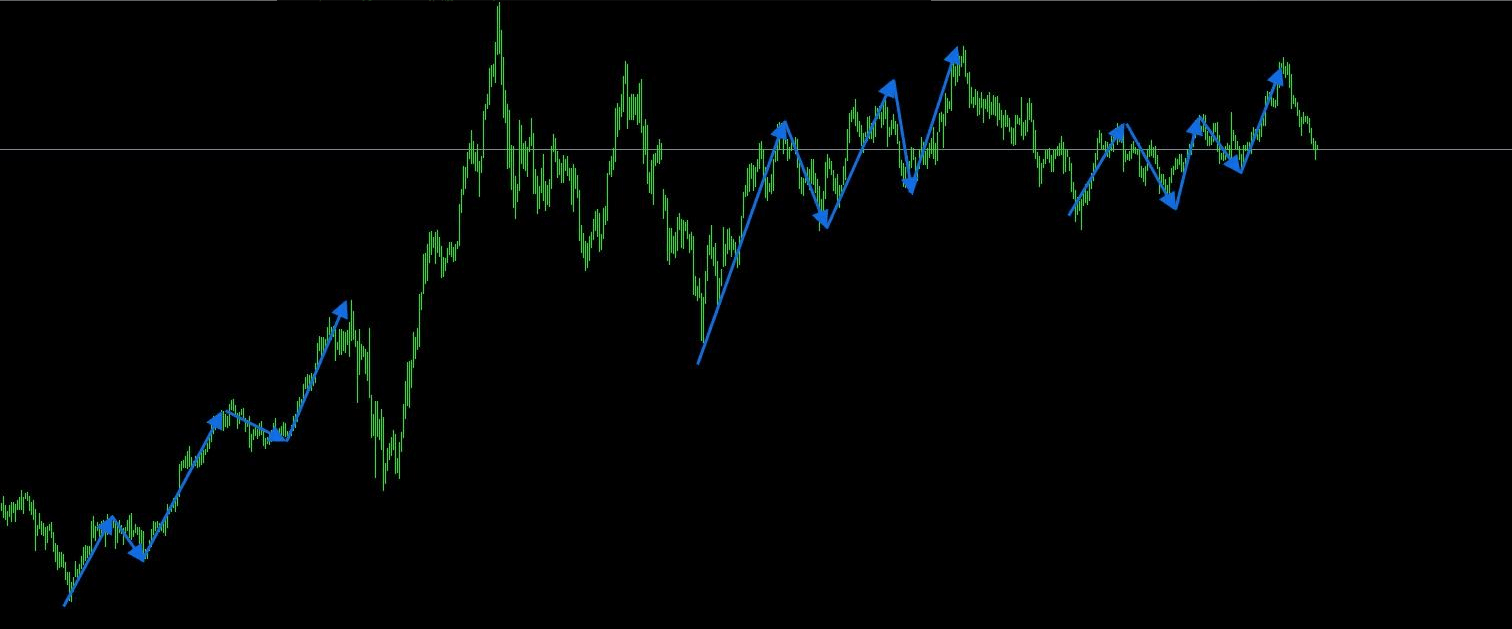
I won't go into more details; one small technical point is that within the same structure, the market's rise, fall, and adjustment in every segment have significant characteristics.
The sense of rhythm is very similar. Within a single structure, there are smaller cycles and even smaller structures. This indeed requires some understanding, so you need to watch the market more.
Practice, looking for patterns.
In fact, there are too many perspectives on understanding the market, and it's impossible to explain them all in detail. Finally, let me share a tip for watching the market to conclude.
Looking at K-lines requires viewing them as a large whole. It's like throwing a stone into a river; from the point where the stone falls,
From this point onward, each layer of wave stirred up by the stone should be seen as a whole, rather than just looking at a certain point or a certain layer of wave.
Points and waves, every layer of wave has a causal relationship. Let me give you a practical example: last Friday night, the last wave of the gold market. I used this.
—a small phase case study.
At that time, gold first fell, adjusted briefly, and then rose.
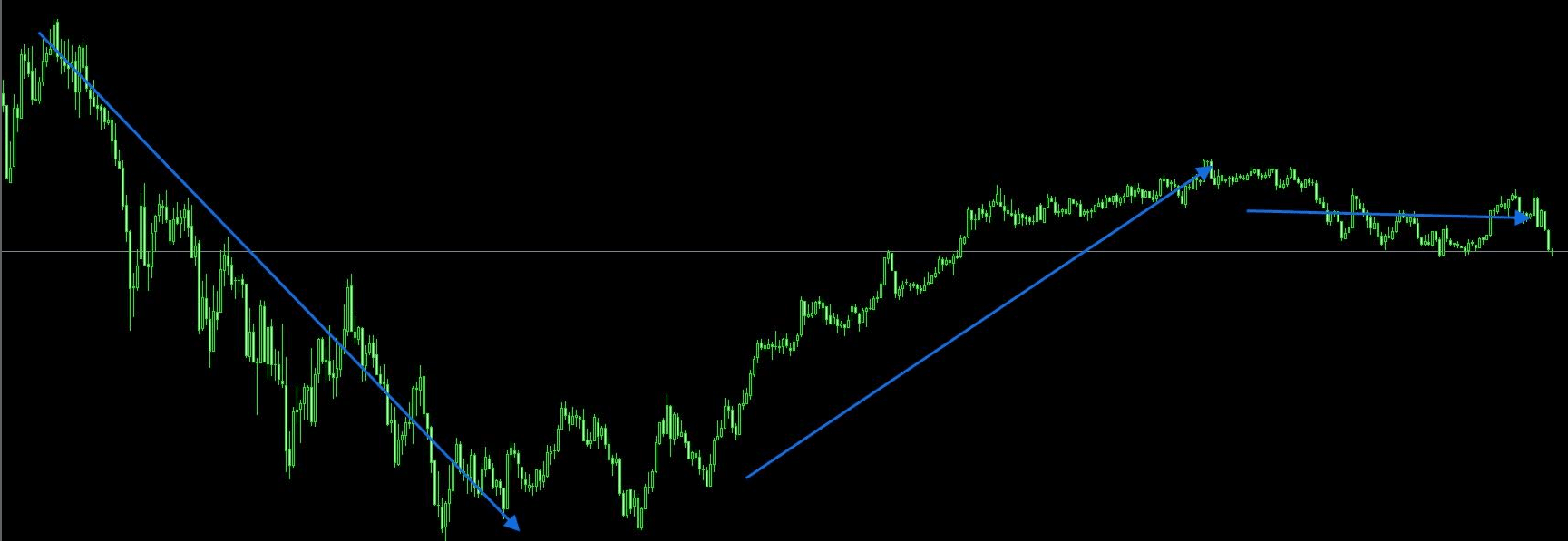
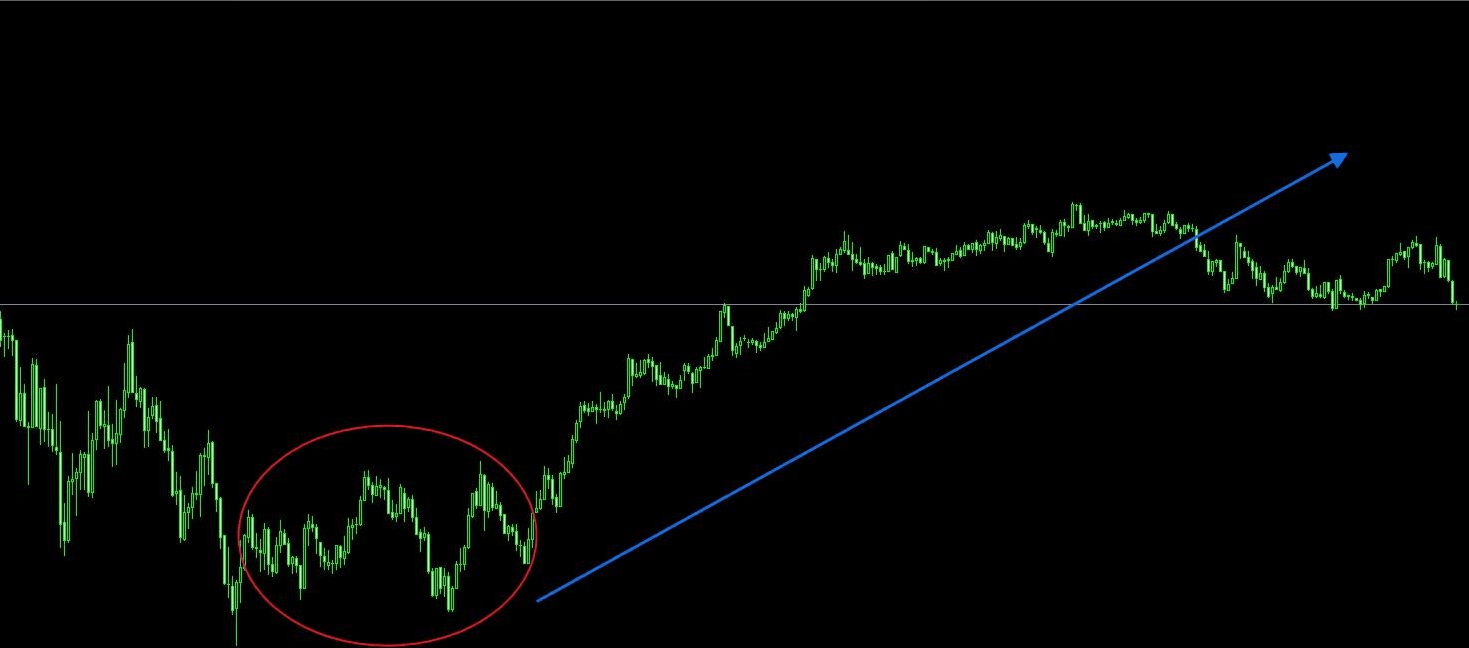
Regarding the last wave of increase, the market within the circle is like the stone that was thrown. The oscillating market within the circle is a small accumulation of energy. When this stone is thrown, it stirs up layers of rising waves.
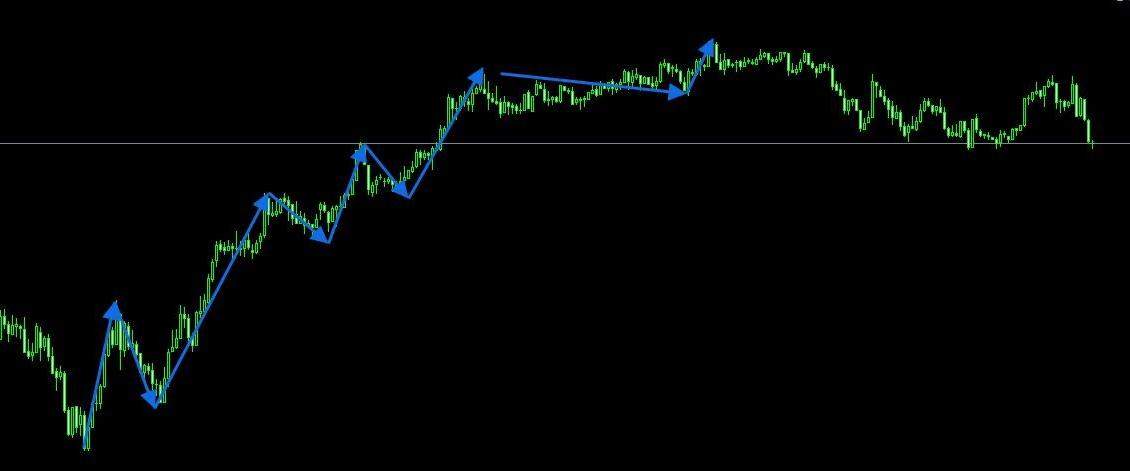
How can we say they have a causal relationship?
Firstly, that stone is very small. The image below shows the market cycle enlarged; we conclude that this is a rebound from a previous overall decline. Because the market's oscillation cycle is very short, it does not stir up big waves, and the probability of a direct and rapid rise in the future is very small. Only after oscillating for a long time and accumulating energy can it stir up big waves. This is the causality between oscillation and trend. The longer the oscillation, the stronger the trend.
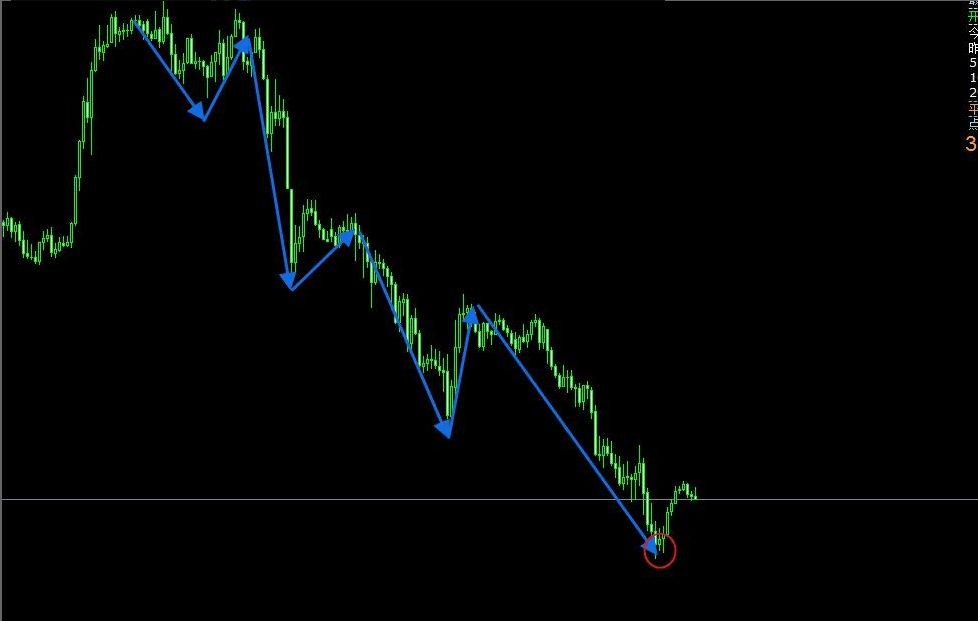
Secondly, as shown in the image below, I judged within the small structures 1 and 2 that this wave has not finished rising and will continue to rise for a while. The reason is that the second segment is longer than the first segment. If one segment is shorter and slower than the previous one, it indicates that the upward momentum is weakening. This suggests an impending adjustment or reversal. However, the second segment is still strong, stronger than the first, indicating there is more to come. This is also a causal relationship.
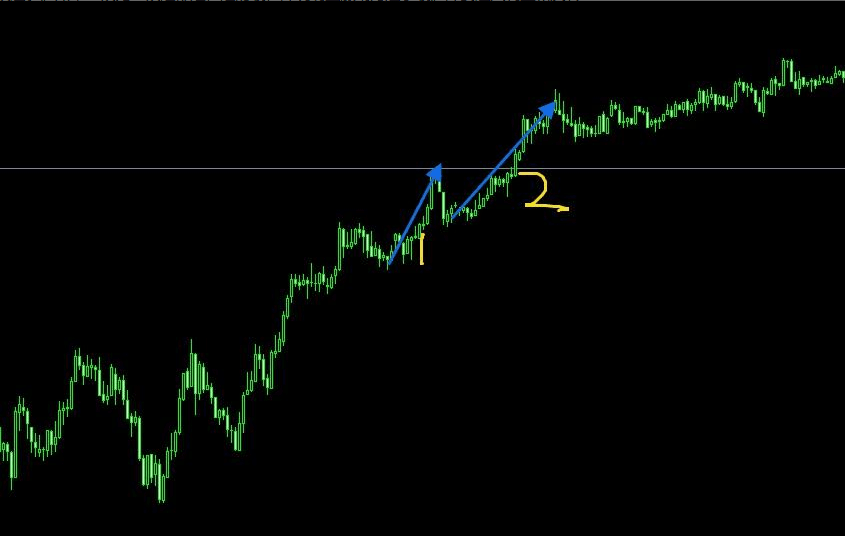
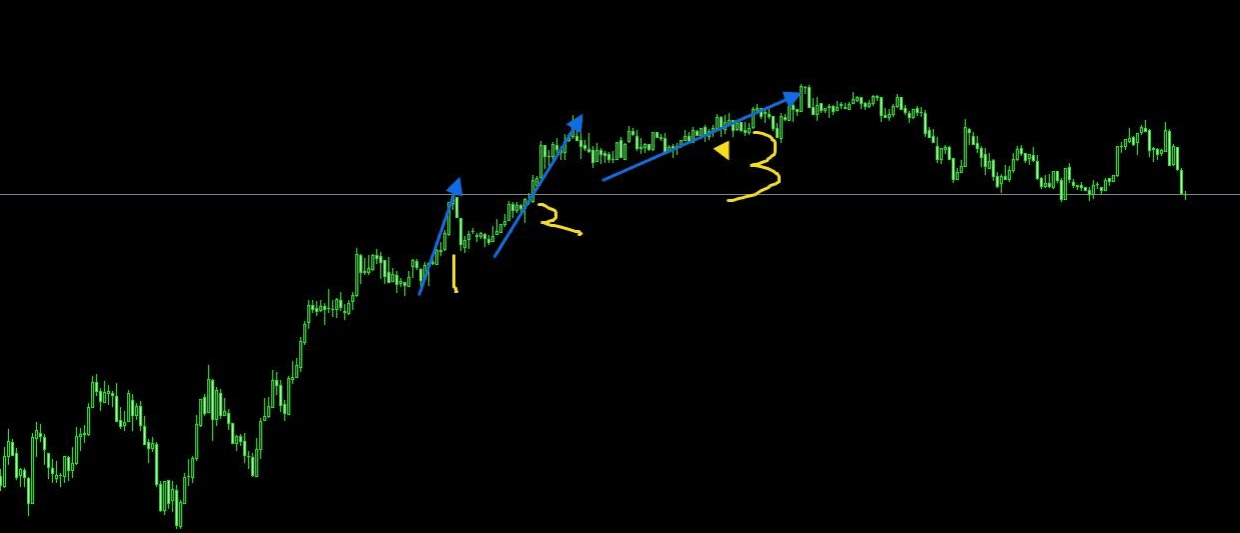
As shown in the figure above, the third phase indeed appeared, and the market rose slightly again, but it did not have the same strength as the second phase, which has slowed down. The market entered a correction after the third phase. This is the system of causal relationships. Therefore, analyzing the market is not about analyzing it in small segments, but as a whole.
To look at causal relationships. There are many technical points here. The example I gave is just a small technical point. If you can clarify many causal relationships, you will basically understand what the market is doing and what it will do in the future. Moreover, it will be very helpful for strategy formulation.
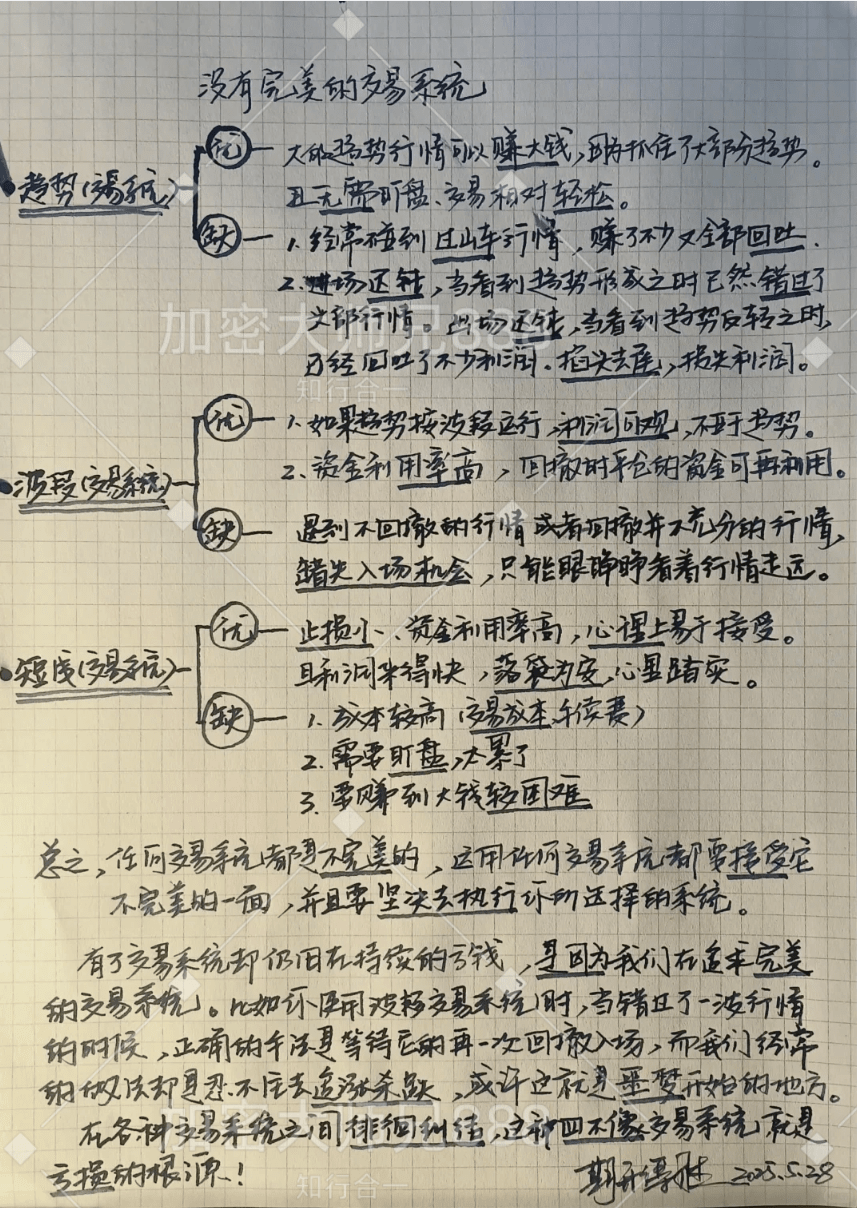
If you are also a tech enthusiast and are diligently researching technical operations in the cryptocurrency sphere, you might want to follow @加密大师兄888 for more insights!